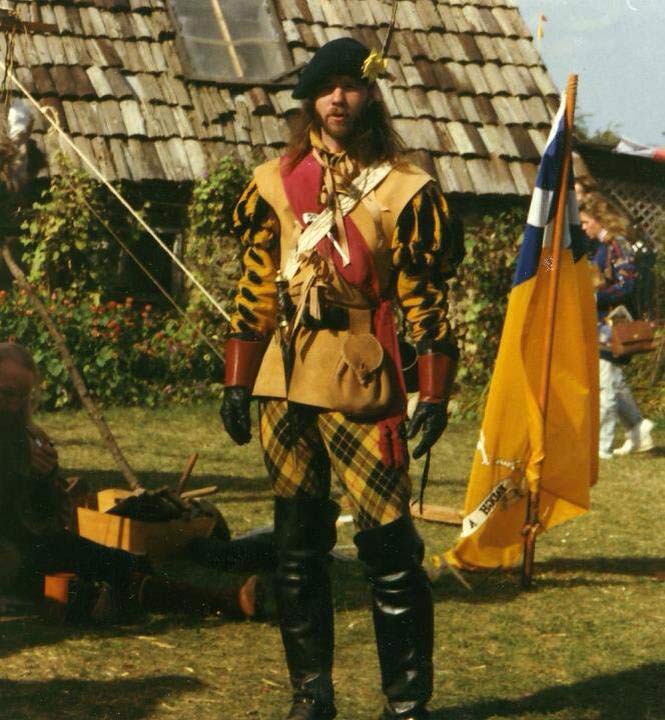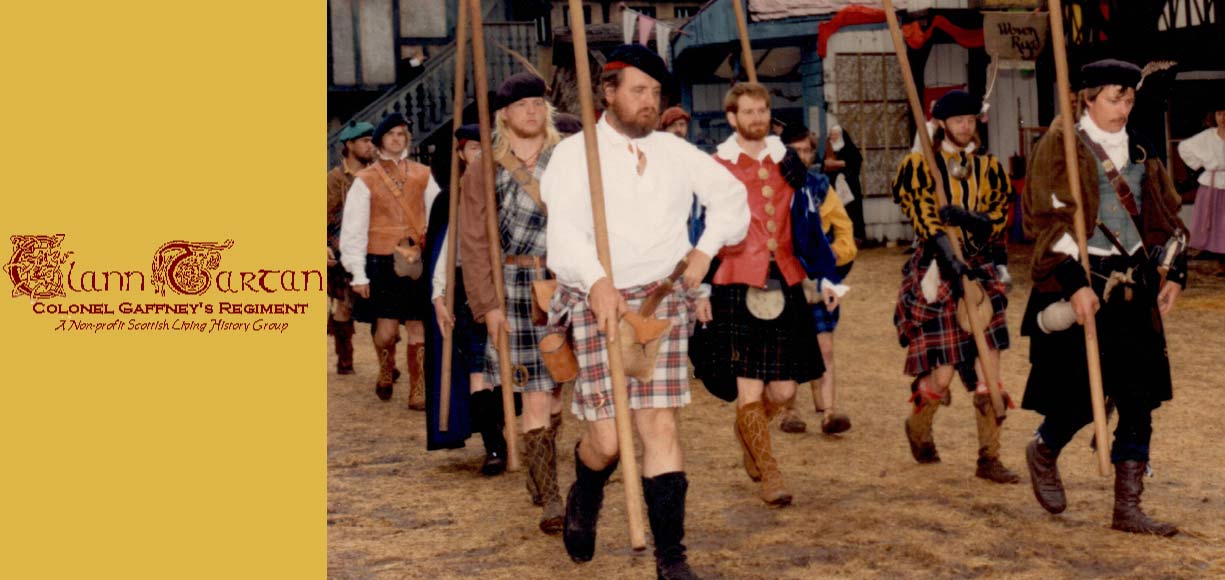The Scottish Army in the Early Phases of the British Civil Wars
- Armor
"...with the exception of the detachments of halberdiers formed in 1647, none of them [the Scots infantry] were ever issued with armour." Reid (1999), p. 19.
- Recruitment of Highlanders
"In the early years [including 1640] the recruitment of Highlanders seems to have been comparatively limited." Reid (1999), p. 12.
- Ulster Army (1641)
According to a contemporary observer:
"and thes was adulterers, furnicaters, thieves, murderers, drunkards, sabbath breakers, who were given up by the minister of every parish.... They did no good but meikle evil daily, debauching, drinking, whoring, night walking, combating, swearing and putting sundry honest women servants to great misery whose bodies they abused".
This was while they were still in Scotland, before being shipped out to Ireland! Reid (1999), p. 40.
Religious and Theological Background
The Arminians and the Restoration Church (1603 - 1685). The Arminians were the theological inspiration for the Scottish 1637 Book of Common Prayer, which ignited this series of conflicts. This page includes quotations from Peter Smart's The Vanity and Downfall of Superstitious Popish Ceremonies, a sermon which was reprinted in Edinburgh, and vividly presents the views held by both English Puritans and Scottish Presbyterians.
The Book of Common Prayer for Scotland (1637). The book that started it all. It was immediately and violently rejected by the vast majority of the Kirk, provoking the National Covenant. However, for Anglicans it has considerable historical significance, notably for the 1789 and subsequent Prayer Books of the Episcopal Church in the United States of America.
References

